 |
 |
 |
 |
 |
|
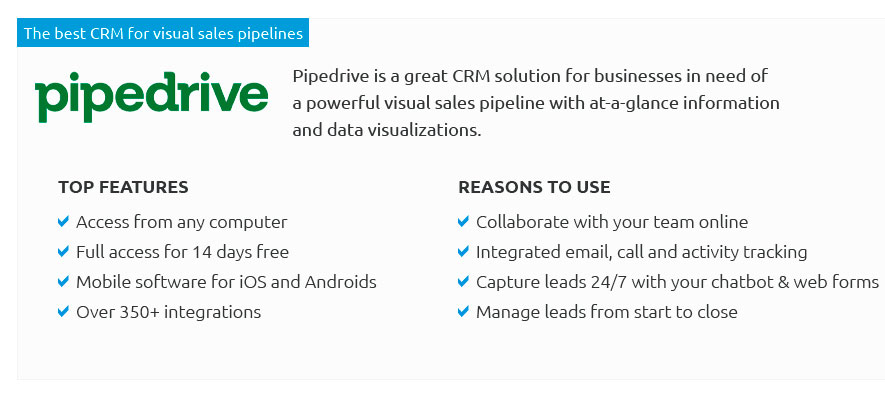 |
|
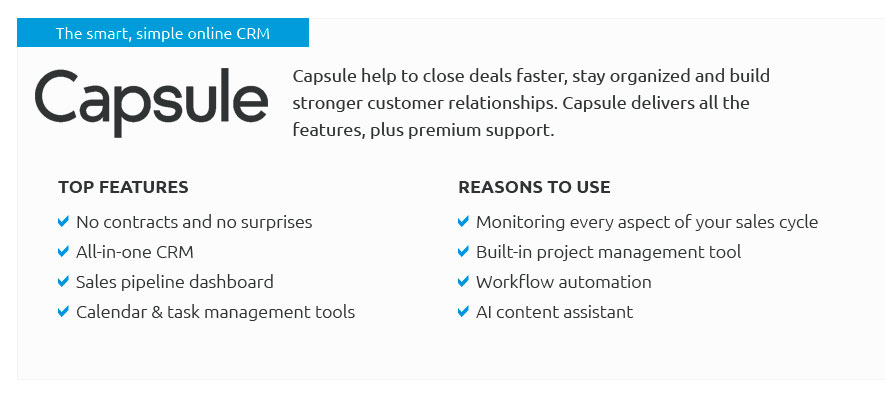 |
|
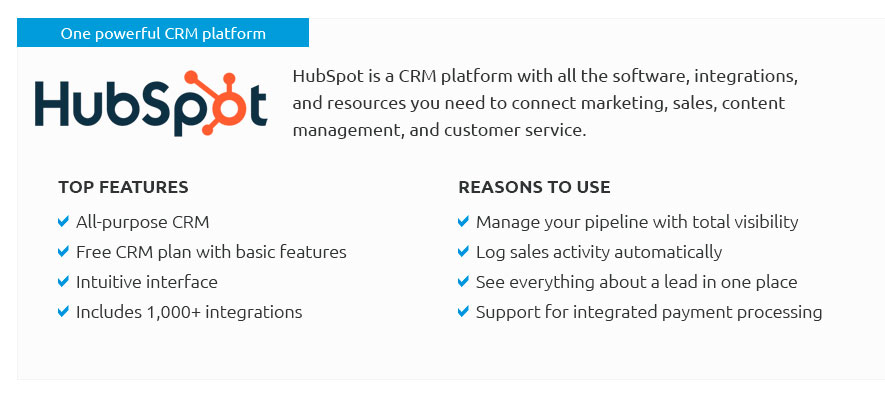 |
|
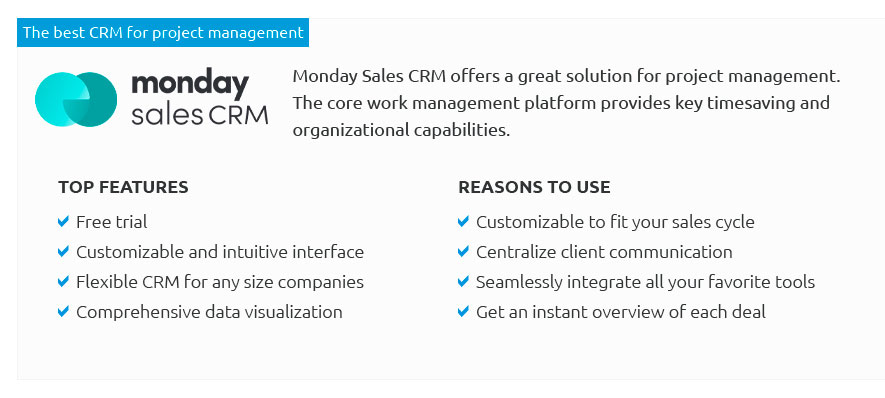 |
|
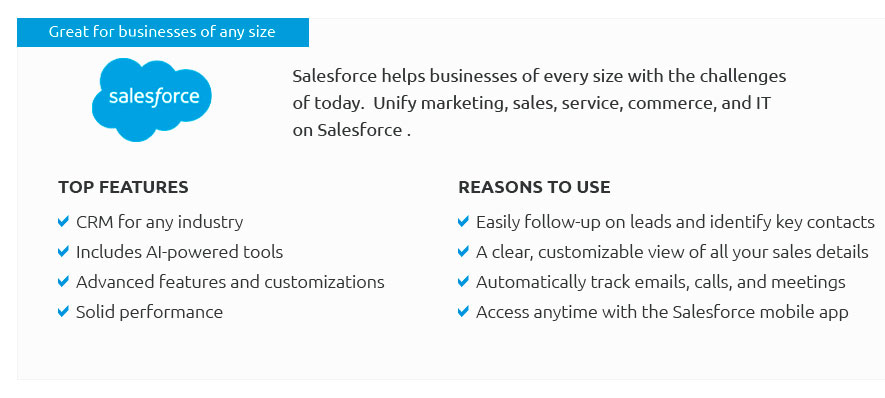 |
|
 |
 |
|
7mlhixnp42 Revolutionize your business strategy with our cutting-edge CRM software review, where we unveil the best CRM platforms that are transforming industries; discover the unparalleled synergy between customer relationship management and our intuitive online project planning tool, designed to streamline workflows and elevate productivity like never before, empowering your team to achieve remarkable results with ease and precision; don't settle for ordinary when you can harness the extraordinary potential of technology to stay ahead in today's competitive landscape-because your success story deserves nothing less than the best.
https://asana.com/uses/project-management
Asana makes it easy for project managers to coordinate work across multiple teams and projects. By bringing your plans, projects, tasks, and communications into ... https://ganttpro.com/
As project scheduling software with a Gantt chart, GanttPRO provides a crystal-clear view of objectives and results, helping to stay on track and execute a plan ... https://www.smartsheet.com/project-management?srsltid=AfmBOooljRZCk52hHvdXkP79mVPYM4T_ZHF85yhiBC4WXUmJjQ2elSD9
Project management software for teams to plan, manage, and execute on work together. Regardless of the size or complexity of your project.
|